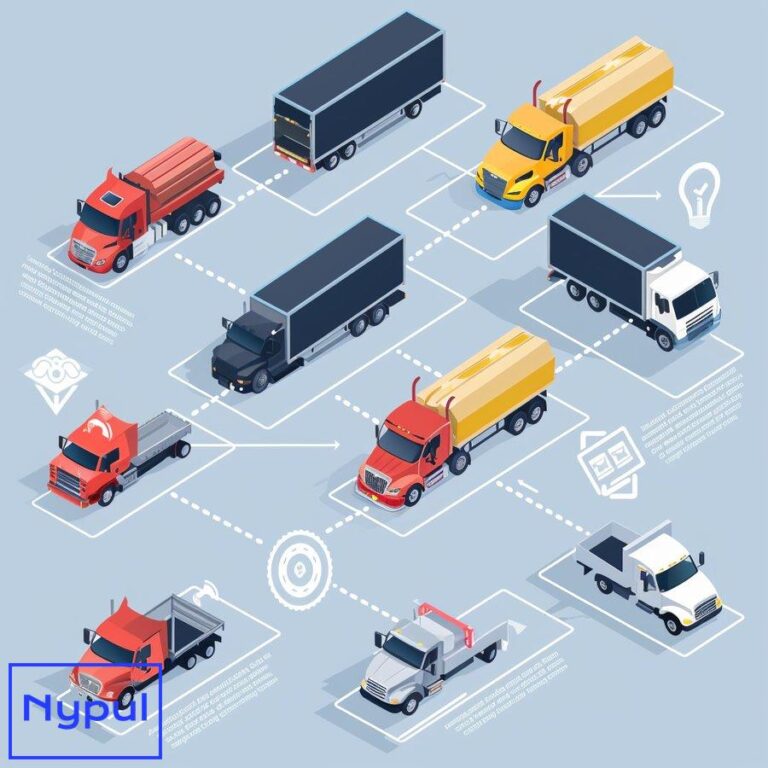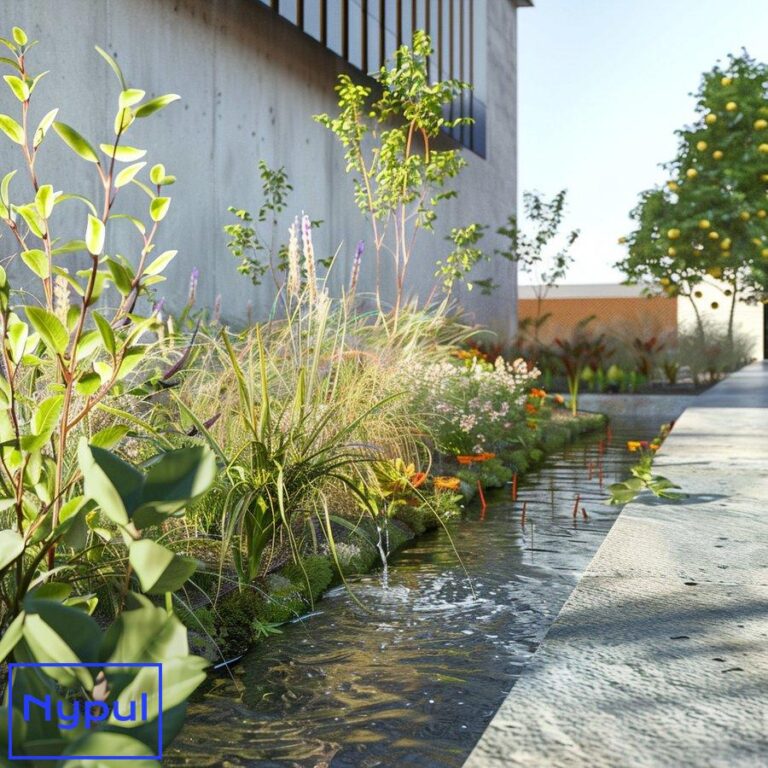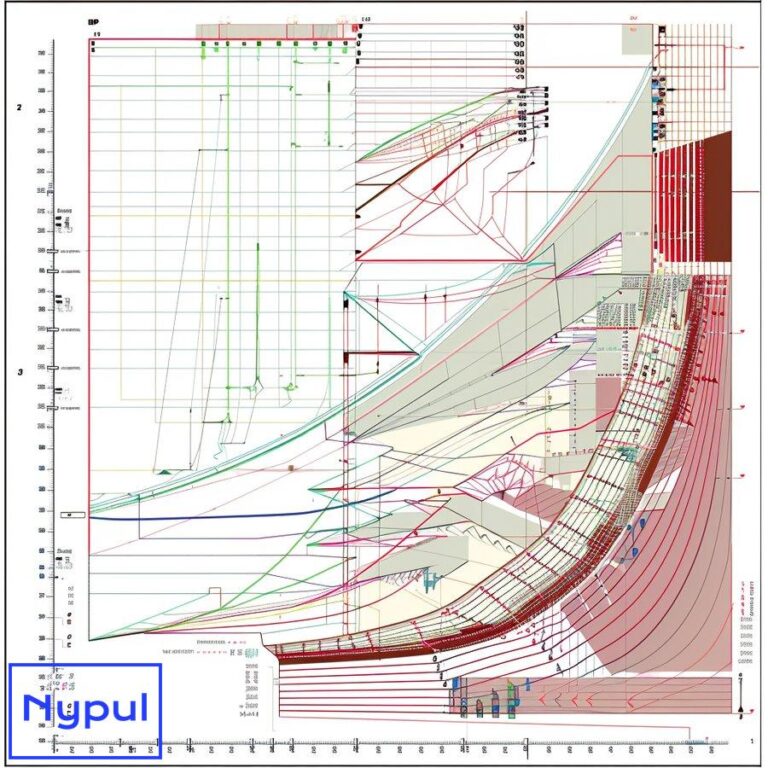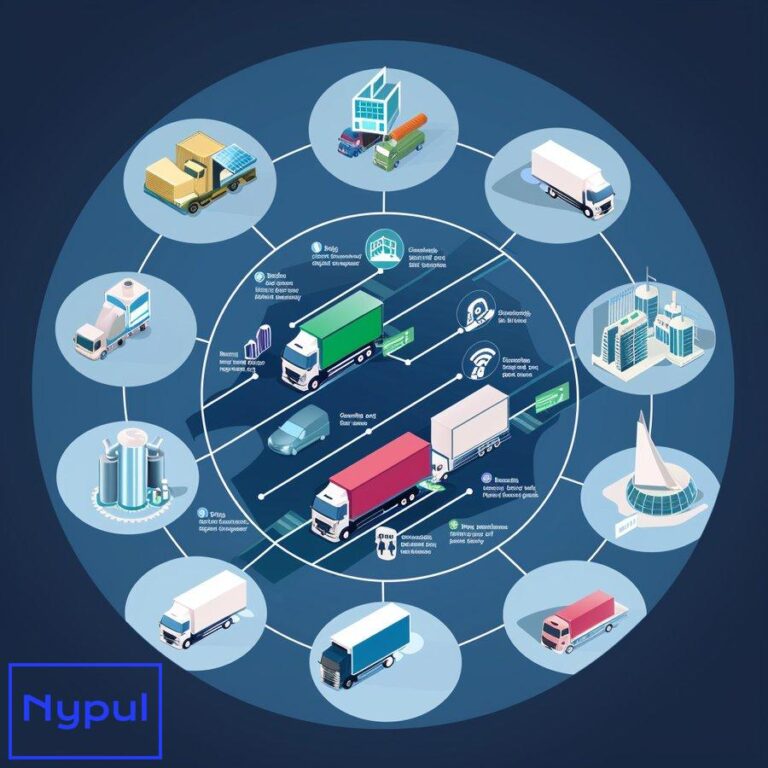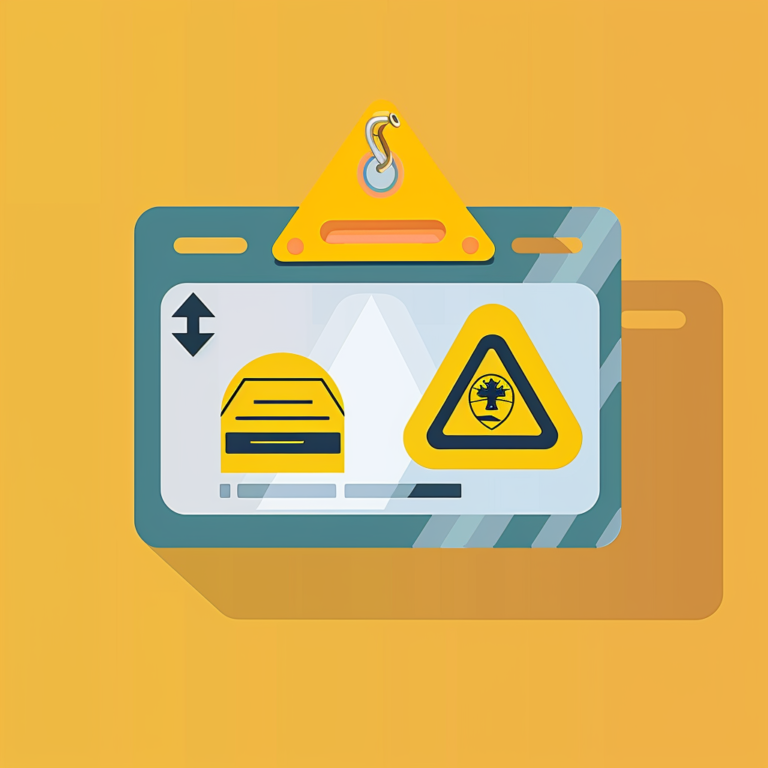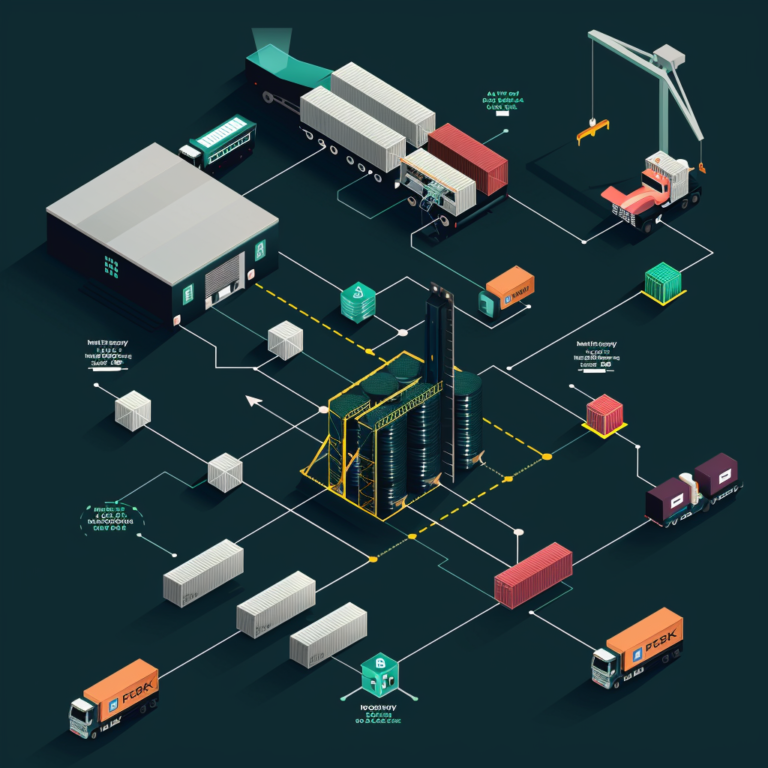What Is the Role of a Drayage Dispatcher
What does a drayage dispatcher do? Drayage dispatchers play a crucial role in the logistics and transportation industry, serving as the central nervous system of drayage operations. These professionals are responsible for coordinating the movement of containers between ports, rail yards, and local destinations, ensuring that goods are transported efficiently and on time. The primary…


